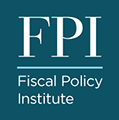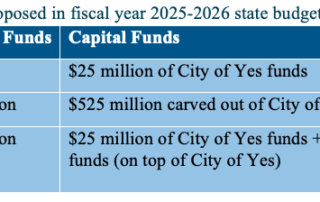FPI Testimony to New York City Council on Impacts of the OBBBA
On September 15, 2025, two members of FPI's senior staff presented testimony to the New York City Council on the impacts of the federal legislation known as the "One Big Beautiful Bill Act."



